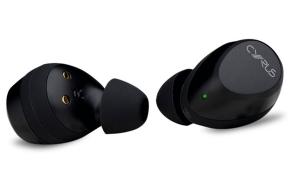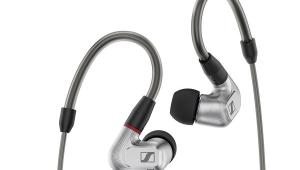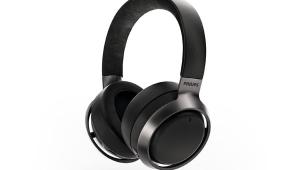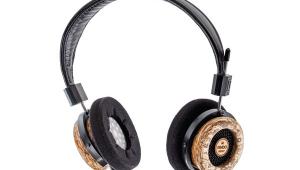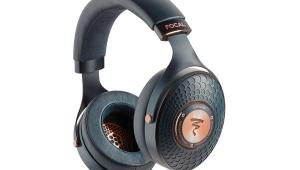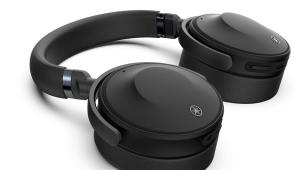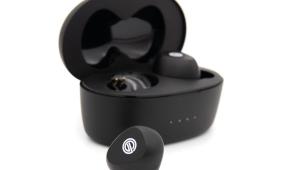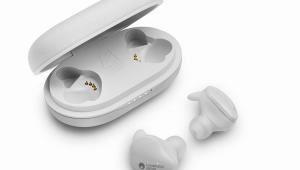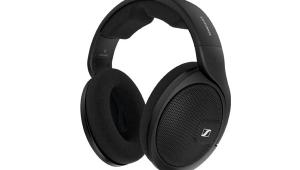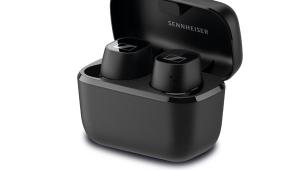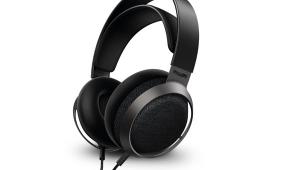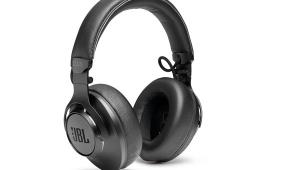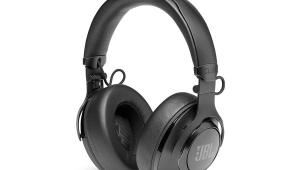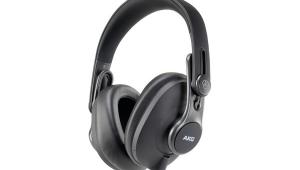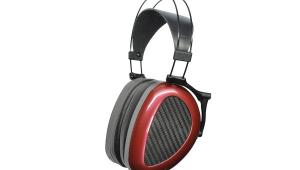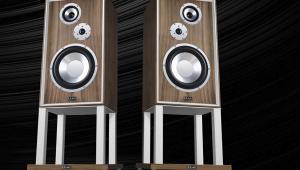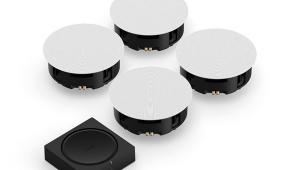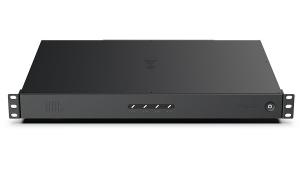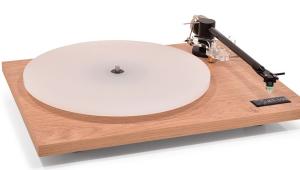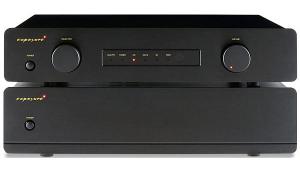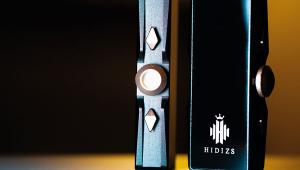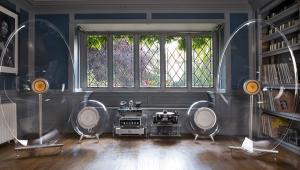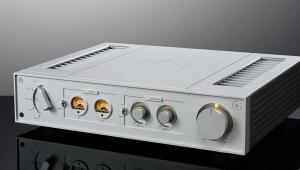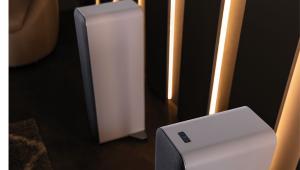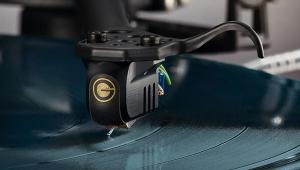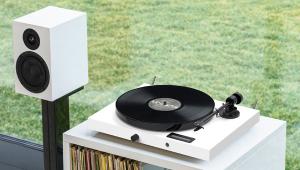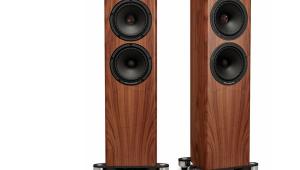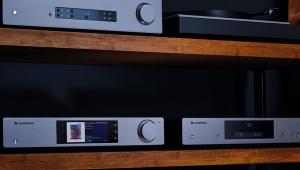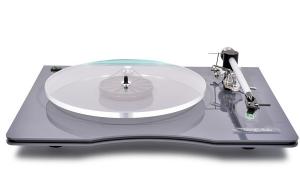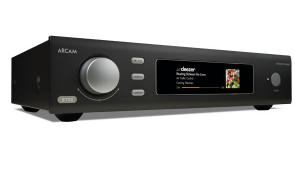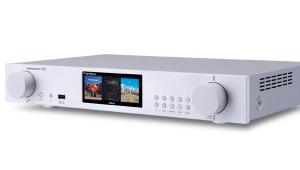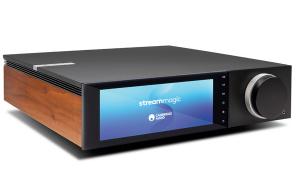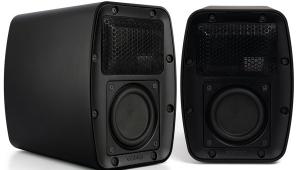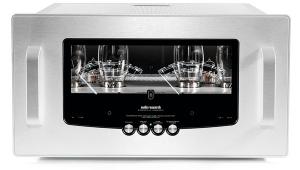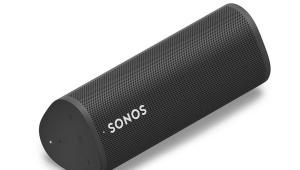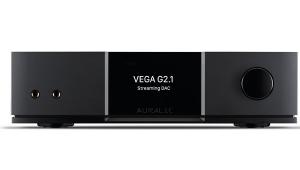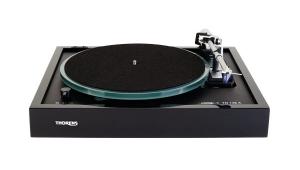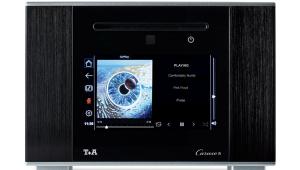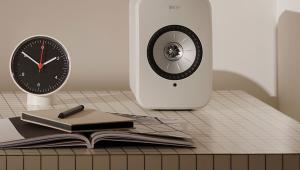Shure KSE1200
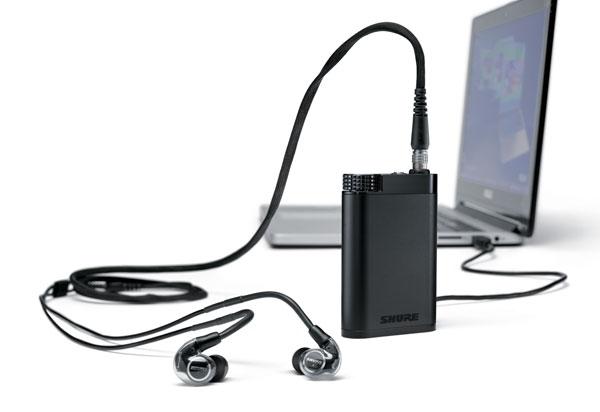
 These are exciting times to be an in-ear headphone manufacturer. Flagship models now routinely exceed £1,500 and the technology and materials being employed are every bit as advanced as anything in the loudspeaker world. Shure has been making high-end in-ear designs long before they became popular, and with its considerable experience and know-how has established some design parameters. Chief among these is the belief that fitting more than four balanced armature drivers to its in-ear models results in more problems than it solves. This presents Shure with a challenge to its designs, so how does it go about building an earpiece that improves on what’s come before?
These are exciting times to be an in-ear headphone manufacturer. Flagship models now routinely exceed £1,500 and the technology and materials being employed are every bit as advanced as anything in the loudspeaker world. Shure has been making high-end in-ear designs long before they became popular, and with its considerable experience and know-how has established some design parameters. Chief among these is the belief that fitting more than four balanced armature drivers to its in-ear models results in more problems than it solves. This presents Shure with a challenge to its designs, so how does it go about building an earpiece that improves on what’s come before?
The KSE1200 neatly sidesteps the armature argument by not using any. Instead, each earpiece contains a single electrostatic membrane that handles the entire frequency range. Using a diaphragm of electrically conductive material suspended between two grids, these excite the diaphragm to form a transducer. The advantages of electrostatic technology are that distortion is negligible and the response of the panel is effectively instantaneous as it has almost no mass.
Taking these principles and shrinking them to the point where they can be utilised by an in-ear headphone is a considerable challenge, and Shure has designed the workings of the KSE1200 from scratch. The in-ear headphone looks relatively normal, but there are some key differences and the first thing I notice is that the cable between earpiece housing and connector is fairly hefty. The chunky design isn’t just with a mind on audiophile sensitivities, but to ensure the power required to energise the electrostatic panels (around 200V) is safely carried. It uses a locking four-pin LEMO connector to affix to the supplied high voltage amplifier/energiser.
Unlike the company’s flagship £2,549 KSE1500 that also includes a built-in DAC, the KSE1200 supplies the power to the electrostatics. With the 3.5mm input connected to a line-level output of a dedicated DAC or direct to your audio player, the listening volume is controlled via a rotary control. This is more complex than it sounds, though. Using a Chord Electronics Hugo 2 (HFC 425) at its recommended line output setting overloads the Shure amp. To make this less of a guessing game, a pair of LEDs on the amp reflects the input and output signal levels turning orange and then red when overload is detected. With the output level from the Hugo 2 backed off and a green indicator achieved, I’m ready to listen.
Sound quality
‘More involved’ might be a useful catch-all term for the way the KSE1200 partners with other portable audio components. The presence of the amplifier means it’s on the outer limits of being a portable music system, but it comes supplied with a series of rubber bands to piggyback the amp with a decoding/playback device. Build quality is undeniably high and the in-ears provide a high degree of comfort and superb isolation from the outside world.
With incoming levels set correctly and the Hugo 2 taking a feed from Roon playback software (HFC 448), there’s no sense at idle that you are using an in-ear that has little in common with anything else on the market, or that there’s 200V either side of your head to energise each earpiece’s electrostatic membrane. The KSE1200 might take a little time to make its presence felt, but it certainly has some unique traits.
With the earpieces in place, the isolation is outstanding, while the slight feeling of constraint that results from shutting out the world is noticeably absent. Instead, I am treated to a spacious and effortlessly three-dimensional soundstage that gives the impression of extending well outside of the ear canal. The Prelude on Bonobo’s Black Sands opens out in a way that is simply outstanding for an in-ear design.
The KSE1200 combines the speed and cohesion of a single armature design with the sort of frequency response that could never be achieved by one on its own. The vast and ballistic Star Furnace by The Comet Is Coming can be a challenging delivery for many in-ears, but the Shure takes it in its stride never tempering the impact and fury but adding an order and spatial logic that is beyond even what many traditional speakers achieve.
Within this soundstage, instruments have a life and realism that is endlessly surprising. Its ability to follow transients and dynamics is remarkable and going back to more conventional in-ear driver designs afterwards feels a bit like the performers have been sedated with a tranquilliser. Delivery has total authority and there is no piece of music too fast or frenetic. The riotous Spiral Staircase by Kings Of Leon is a joyous blaze of enthusiasm and musicianship, but you also now get to hear every last fragment of it.
This ability to deliver what is in the recording is something the KSE1200 manages with admirable consistency across a very wide selection of material. The only area where I find myself questioning its accuracy is the bass response it generates. Shure argues that what I am hearing is the real deal and it is others that embellish their output, but I think the reality is more complex. Like the rest of the frequency response the low end is exceptionally fast and detailed, but in terms of impact it has to give some ground to more conventional rivals. The struck drum in the live rendition of Fink’s Sort Of Revolution is breathtakingly immediate, but lacks the depth I have experienced from some in-ear designs.
For the most part, the vividness of the performance is so compelling that you really won’t be too concerned by this. No less notable is that the KSE1200 is rather less dependent on partnering hardware than I initially expect. Moving from Chord’s Hugo 2 to its considerably more affordable £399 Mojo DAC (HFC 423) doesn’t significantly alter the presentation and even via the headphone/DAC adapter of my Essential PH-1 smartphone, the same open and immediate presentation remains. It’s wrong to say that the amplifier section of the playback device exerts its own character on the performance, but by removing the need for your audio source to deliver as much in the way of current, it certainly reduces the demands on it.
Conclusion
In the KSE1200, Shure has built an in-ear headphone that compromises on none of the qualities that the company holds dear to deliver a level of realism, space and involvement in its performance that’s beyond all but the most supremely talented loudspeakers. Electrostatic technology is undeniably expensive to implement and isn’t exactly the last word in portability, but this is an outstanding achievement and one of the very finest in-ear headphones ever built. ES
DETAILS
Product: Shure KSE1200
Price: £1,769
Origin: USA
Type: Electrostatic in-ear headphone
Weight: 44g
FEATURES
● Single electrostatic driver
● High voltage energiser/amp
● Input: 1x 3.5mm jack socket
● Carry case
 |
Inside this month's issue: Neat Acoustic Mystique Classic floor standing loudspeaker, Austrian Audio The Composer headphone, T+A PSD 3100HV network-attached DAC/preamp, Audio-Technica AT-SB727 Soundburger portable turntable, a preamplifier Group Test and much, much more...
|
